Could a probiotic ‘vaccination’ protect tropical corals from environmental stress?
Researchers have been observing large-scale coral bleaching since the 1980s, caused in particular by climate change and the resulting continuous rise in water temperatures in our oceans.
Corals are cnidarians, very “primitive” organisms, that live together in close symbiosis with a special species of microalgae. These microalgae provide energy through photosynthesis not only to themselves, but also to the coral in form of sugars. In return they receive micro-nutrients and a protected home within the coral tissues. When the coral experiences temperature stress, it sheds its symbionts, but is then subject to starvation. The process of coral bleaching begins: colorful and vibrant reefs often turn into white, dead calcium carbonate skeletons within a few days. The years 2015 to 2017 have demonstrated this most conspicuously, with large occurances of coral ‘bleaching’ worldwide. In 2016, 50 to 70 percent of coral reefs were already damaged in the Great Barrier Reef – some of this damage is likely irreparable. In some places, reefs have lost as much as 98 percent of their coral population.
Protected areas alone are not enough
Declaring coral reefs protected areas or no-take zones is not enough, because warmer ocean waters do not stop at these boundaries. Hence, new approaches are needed to make corals more resilient under increasing heat stress and buying them time until humans achieve significant reductions in CO2 emissions and climate change.
Inspired by human medicine
Dr. Anna Roik has been a postdoctoral researcher at HIFMB since March 2021. Previously, as a postdoctoral researcher at GEOMAR, she worked with a team of international scientists to test the extent to which probiotic bacteria can help corals survive heat stress. One strategy is the so-called “microbiome transplantation for corals”. This method is inspired by innovative microbiome-based therapies that have been used in human medicine ober the past few years. Microbiome transplantations are for instance usedto treat various disorders of the human digestive tract. For example, the transplantation of intestinal flora of a healthy person to a symptomatic patient and can provide relief from symptoms.
Corals have a very complex microbiome and not enough is yet known about the respective functions of individual bacteria. Specific probiotic bacteria – bacteria with beneficial properties – have not yet been identified for corals. In a microbiome transplantation, the scientists use a complete microbiome instead of individual bacterial species, with the aim that bacteria with positive properties yet unknown to us will colonize the recipient corals. This method also has the advantage that so-called “unculturable” bacteria of the microbiome – i.e. those that could not previously be isolated in the laboratory – can also be transferred. These often account for up to 98 percent of a microbiome’s bacterial diversity.
Less bleaching with microbiome inoculation
The experiments were conducted in Thailand’s Andaman Sea using the reef-building corals Pocillopora and Porites.
First, the researchers sought out more stress-tolerant “donor” corals and mixed a probiotic cocktail from their coral tissue with sterile seawater. The heat-sensitive corals did not consume the drink at the beach bar, however, but in small incubation chambers.
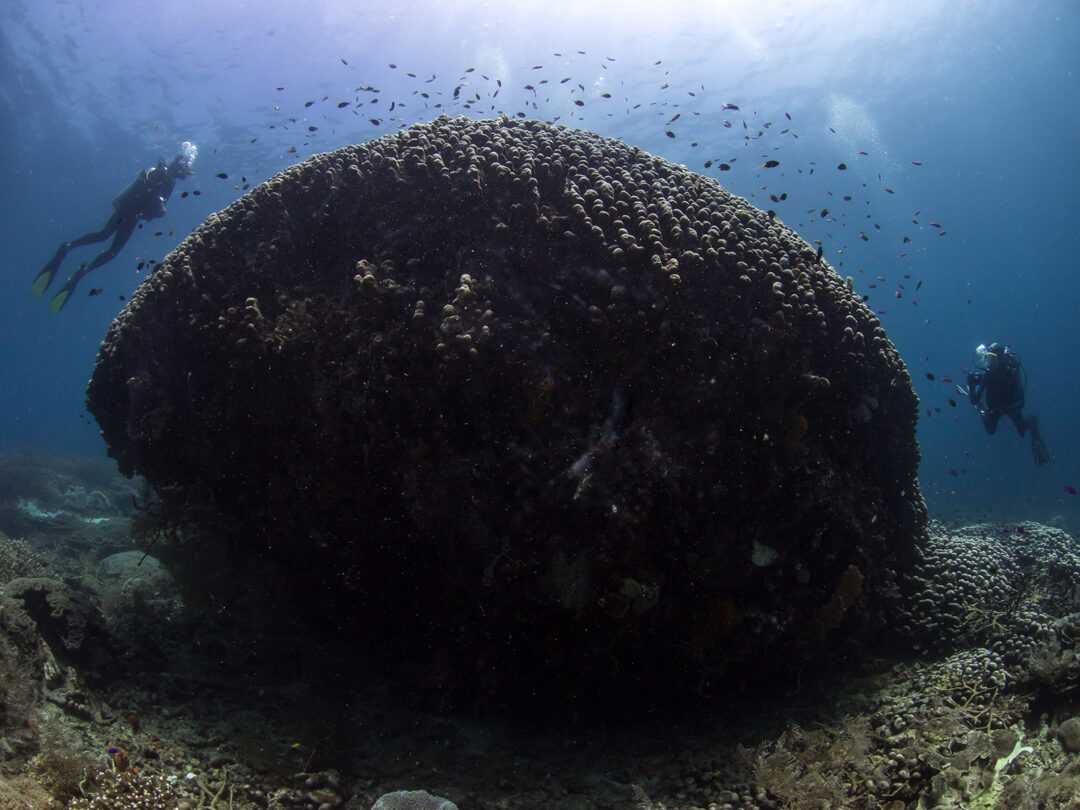
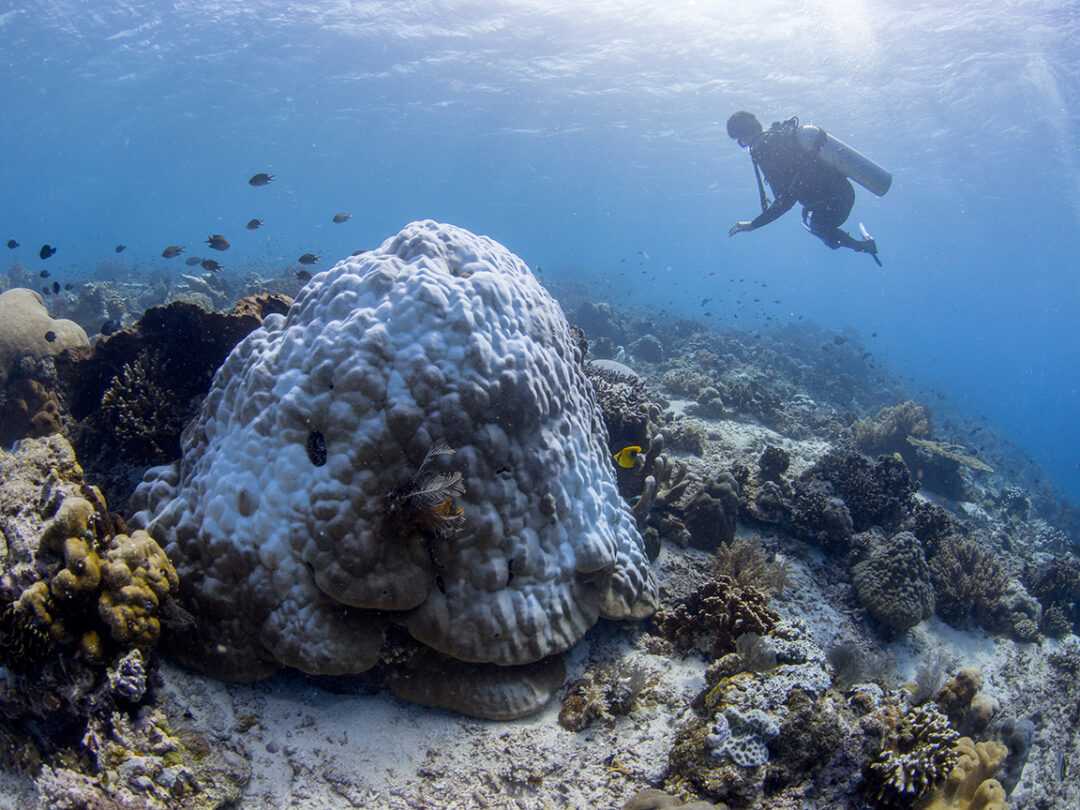
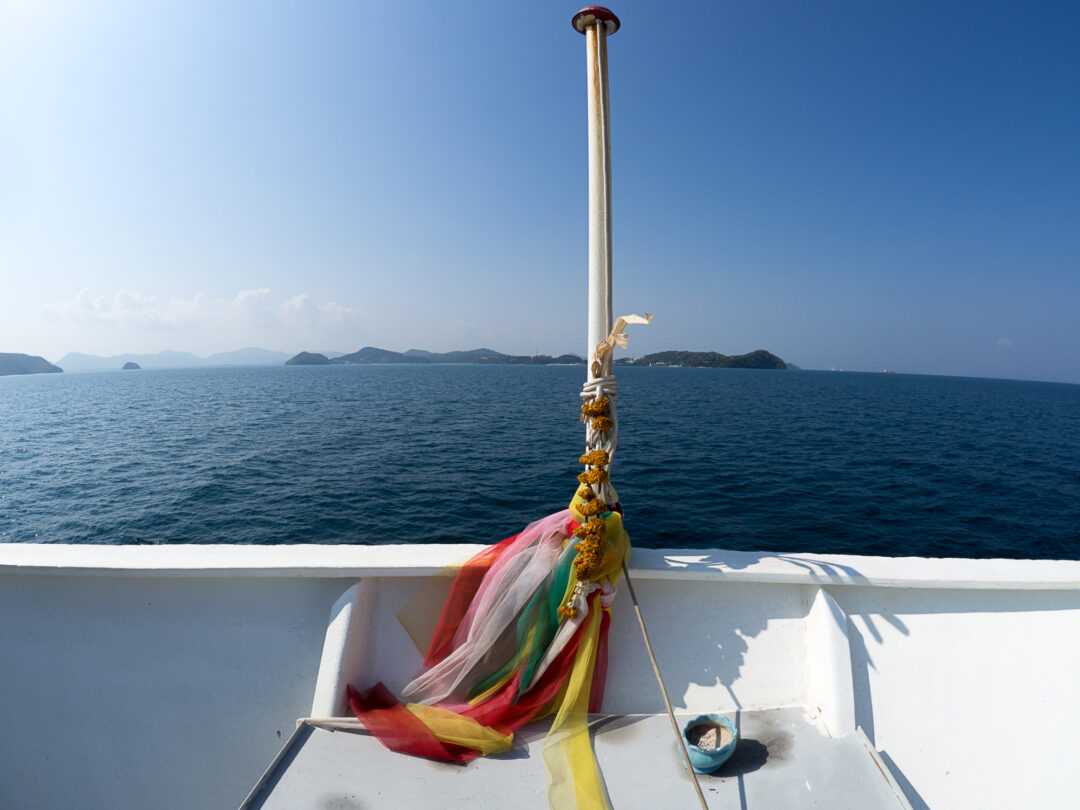
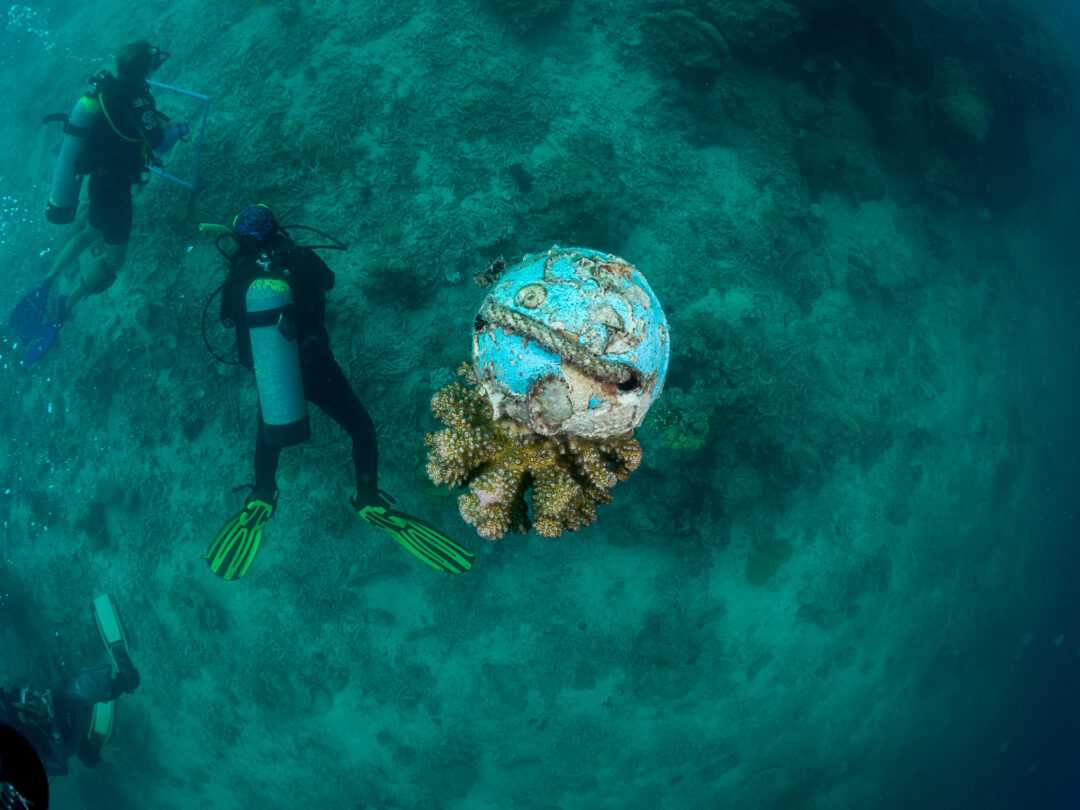

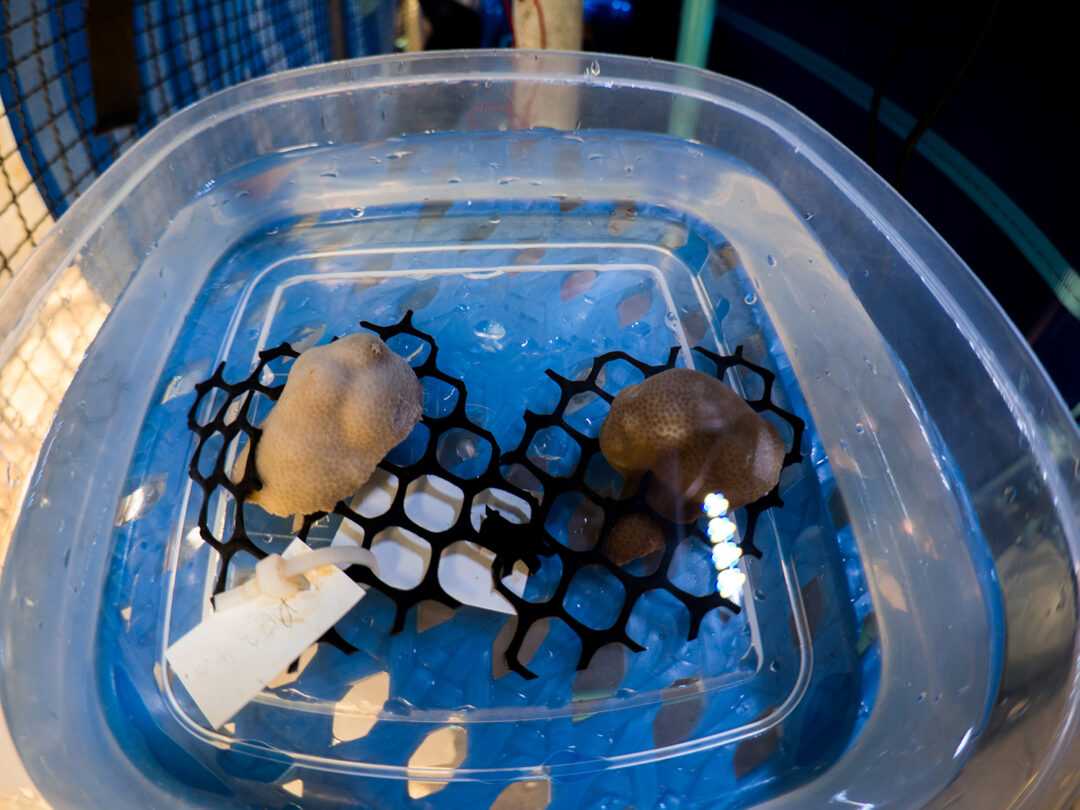
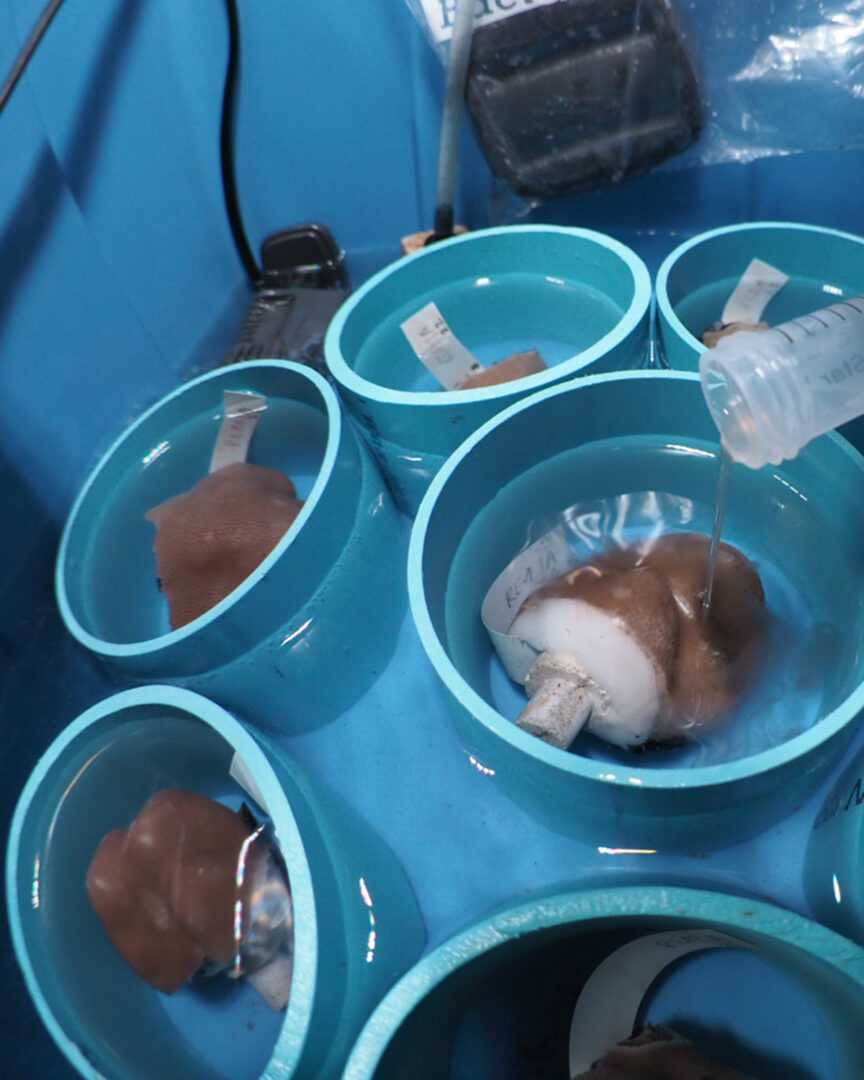
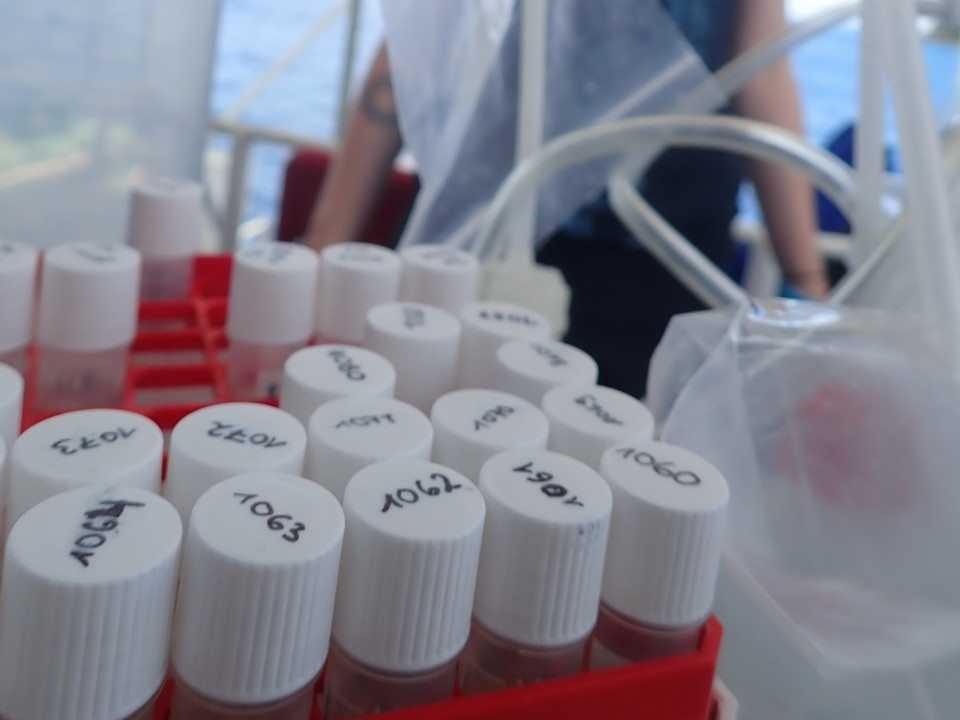
The recipient corals of both coral species subsequently bleached less compared to the control group during short-term heat stress (34 °C). Genetic analysis of the bacterial composition in the coral tissue was able to detect donor-specific bacteria in the recipient corals. Most of these are already known, as they are variants of bacterial species that dominate the microbiomes of many coral species. We do not know much about them, but some are hypothesized to have functional roles. It may be that donor-specific variants of these important coral microbiome inhabitants manage to serve the coral more efficiently under stressful conditions.
The results provide a promising outlook. The exact mechanisms of action behind the beneficial effect observed and whether the positive effect is permanent will need to be further investigated in future experiments and long-term studies. Over the next three years, this will be one of Anna Roik’s research focuses at HIFMB.
The work has been published in the international journal Microbiome, read more.
https://doi.org/10.1186/s40168-021-01053-6
